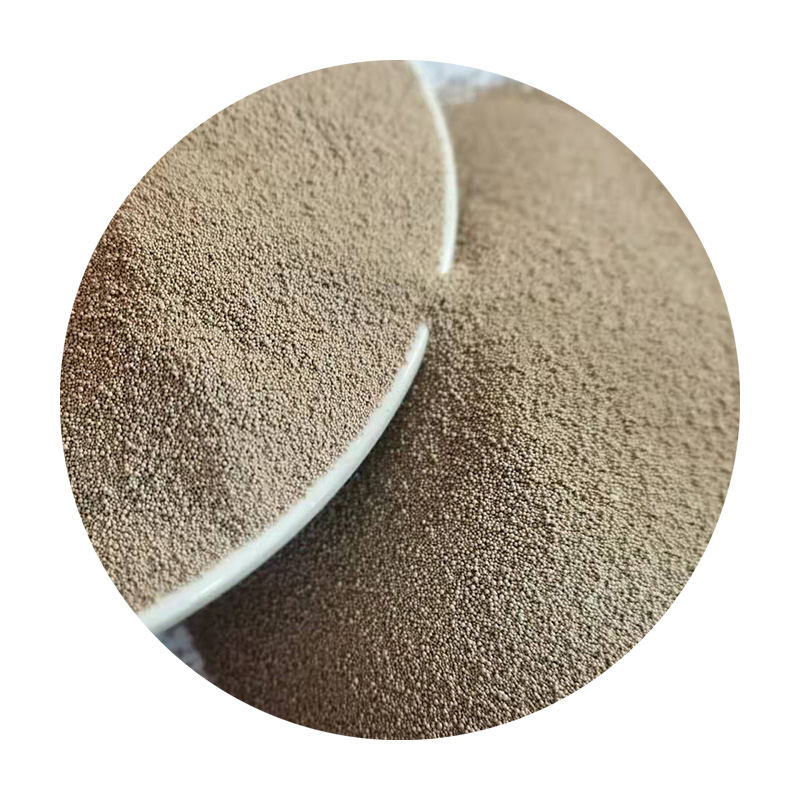Understanding Ceramic Sand Prices An In-Depth Analysis
Ceramic sand, also known as alpha ceramic sand, has emerged as a vital material in various industries, particularly in the manufacturing of foundry sands and as a proppant in hydraulic fracturing
. As the demand for high-performance materials increases, understanding the factors influencing ceramic sand prices becomes crucial for businesses and consumers alike.The price of ceramic sand is influenced by multiple factors, including raw material sourcing, production processes, transportation costs, and market demand. Raw materials for ceramic sand typically include kaolin clay, zircon sand, and other minerals, which can vary in price based on availability and mining conditions. Fluctuations in the prices of these raw materials can lead to significant changes in the cost of ceramic sand.
Production methods also impact the overall price. The manufacturing of ceramic sand involves processes such as crushing, grinding, and sieving to achieve the desired particle size and shape. Advanced technological processes, including high-temperature firing, increase production efficiency and enhance the quality of the final product. However, these processes require substantial energy input and investment in technology, which can drive up prices.
ceramic sand price

Transportation costs play an equally important role in determining the final price of ceramic sand. It is often sourced from specific regions rich in the necessary raw materials, leading to additional shipping costs for long-distance transportation. Factors such as fuel prices, labor costs, and logistics efficiency will directly affect the overall pricing structure.
Market demand is perhaps the most significant factor influencing ceramic sand prices. The increasing use of ceramic sand in the oil and gas sector, particularly in hydraulic fracturing operations, has spurred demand significantly. As industries prioritize using high-quality proppants that enhance oil and gas extraction efficiency, the competition for ceramic sand has intensified, resulting in upward pressure on prices.
Moreover, the construction industry, which relies on ceramic sand for applications such as concrete production and casting, has seen a resurgence, further amplifying demand. As economies recover and infrastructure projects proliferate, the market for ceramic sand is expected to grow, influencing price trends in the long term.
In conclusion, the price of ceramic sand is shaped by a complex interplay of raw material costs, production methods, transportation expenses, and market demand. Companies utilizing ceramic sand must stay informed about these dynamics to make savvy purchasing decisions. As industries evolve, understanding the nuances of ceramic sand pricing will be essential for maintaining competitive advantage and ensuring project profitability.
Post time:નવેમ્બર . 20, 2024 11:06
Next:industria della colata di sabbia
